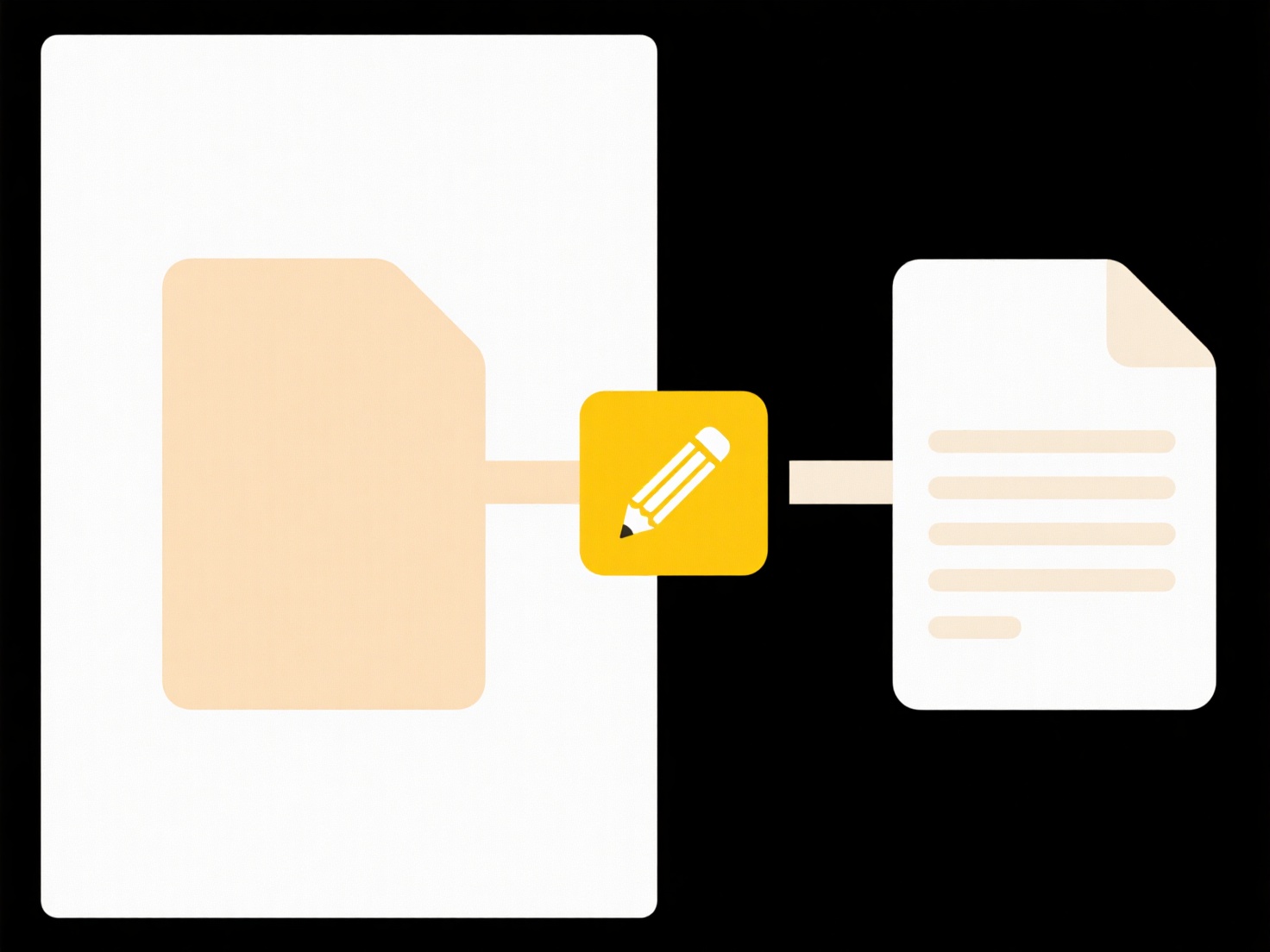
A VCD file is a Virtual CD image format (typically with a .vcd extension) used to store an exact copy of an optical disc (CD, DVD) in a single file on your computer. It works similarly to ISO images but often employs specific compression algorithms. Unlike the original physical disc, you access a VCD file using specialized software that "mounts" it as a virtual drive within your operating system, making the disc content appear as if inserted into a real drive. This eliminates the need for physical media.

To use a VCD file, you require a CD/DVD emulator application. On Windows, tools like WinCDEmu (free, open-source), Virtual CloneDrive (free, designed by VCD creators), or Daemon Tools Lite can mount the .vcd file. After installation, you typically right-click the file and select "Mount" (or similar). The emulator creates a new drive letter in your system, and you can interact with the disc contents through File Explorer. On macOS, tools like Disk Utility can sometimes mount image files, though VCD format support might be less native.
VCD files offer portability and faster access than physical discs. However, their use is largely specific to optical media emulation, mainly on Windows systems, limiting cross-platform compatibility compared to the ubiquitous ISO format. Furthermore, with the decline of optical drives and the rise of cloud storage and direct digital downloads, the need for specialized image formats like VCD has significantly diminished. Innovation in disc emulation now focuses more broadly on versatile, universal container formats.
How do I open a .vcd file?
A VCD file is a Virtual CD image format (typically with a .vcd extension) used to store an exact copy of an optical disc (CD, DVD) in a single file on your computer. It works similarly to ISO images but often employs specific compression algorithms. Unlike the original physical disc, you access a VCD file using specialized software that "mounts" it as a virtual drive within your operating system, making the disc content appear as if inserted into a real drive. This eliminates the need for physical media.

To use a VCD file, you require a CD/DVD emulator application. On Windows, tools like WinCDEmu (free, open-source), Virtual CloneDrive (free, designed by VCD creators), or Daemon Tools Lite can mount the .vcd file. After installation, you typically right-click the file and select "Mount" (or similar). The emulator creates a new drive letter in your system, and you can interact with the disc contents through File Explorer. On macOS, tools like Disk Utility can sometimes mount image files, though VCD format support might be less native.
VCD files offer portability and faster access than physical discs. However, their use is largely specific to optical media emulation, mainly on Windows systems, limiting cross-platform compatibility compared to the ubiquitous ISO format. Furthermore, with the decline of optical drives and the rise of cloud storage and direct digital downloads, the need for specialized image formats like VCD has significantly diminished. Innovation in disc emulation now focuses more broadly on versatile, universal container formats.
Quick Article Links
Can I export directly to email or cloud?
Direct export to email or cloud refers to the capability within software applications to send generated files or data di...
Can I rename files on network drives?
Renaming files on network drives is typically possible, provided you have sufficient permissions. A network drive refers...
Can conflicting naming policies lead to duplication?
Conflicting naming policies occur when different systems, teams, or standards impose incompatible rules for assigning id...